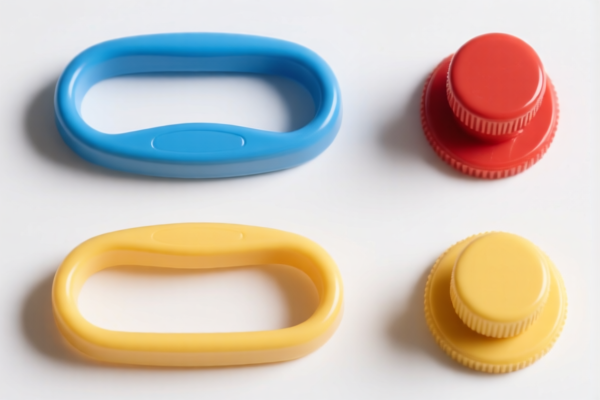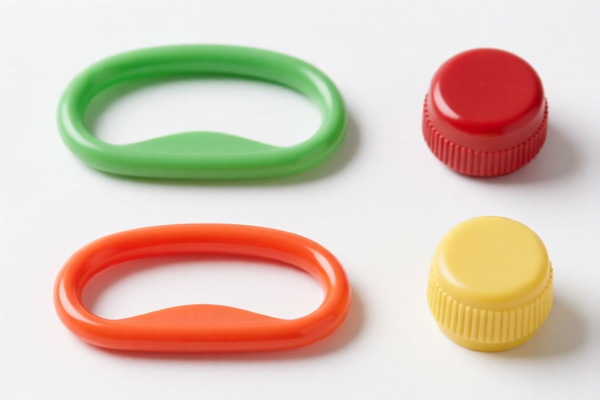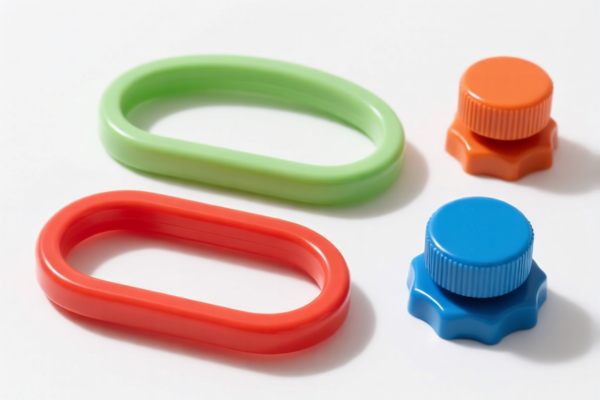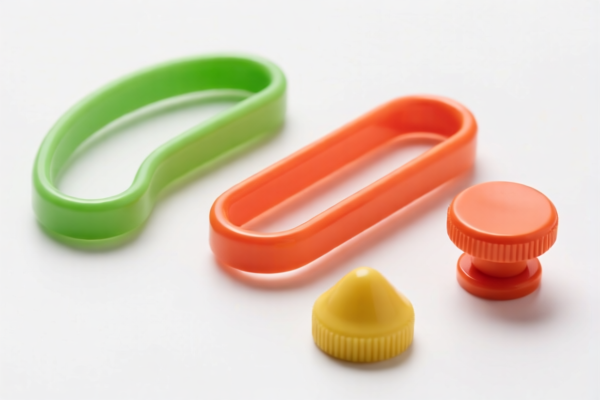| HS Code | Official Doc | Tariff Rate | Origin | Destination | Effective Date |
|---|---|---|---|---|---|
| 5608903000 | Doc | 60.0% | CN | US | 2025-05-12 |
| 5608901000 | Doc | 63.0% | CN | US | 2025-05-12 |
| 5607909000 | Doc | 61.3% | CN | US | 2025-05-12 |
| 5705002090 | Doc | 58.3% | CN | US | 2025-05-12 |
| 4601990500 | Doc | 57.7% | CN | US | 2025-05-12 |
| 4601999000 | Doc | 58.3% | CN | US | 2025-05-12 |
| 4602900000 | Doc | 58.5% | CN | US | 2025-05-12 |
| 6701006000 | Doc | 59.7% | CN | US | 2025-05-12 |
| 6702102000 | Doc | 38.4% | CN | US | 2025-05-12 |
| 6702906500 | Doc | 54.5% | CN | US | 2025-05-12 |
| 3926901000 | Doc | 40.9% | CN | US | 2025-05-12 |
| 3926909989 | Doc | 42.8% | CN | US | 2025-05-12 |
| 3916903000 | Doc | 61.5% | CN | US | 2025-05-12 |




Garden Netting
Garden netting is a mesh material used to protect plants from various damaging elements, primarily pests, but also harsh weather and physical damage. It serves as a barrier, allowing sunlight, air, and water to reach plants while preventing access to unwanted organisms or conditions.
Material
Garden netting is commonly constructed from several materials, each with specific advantages:
- Polyethylene (PE): The most prevalent type, PE netting is lightweight, relatively inexpensive, and offers good protection against many insects. It is available in varying densities and mesh sizes.
- Polypropylene (PP): Stronger and more durable than PE, PP netting is resistant to UV degradation and can withstand heavier loads (e.g., snow).
- Nylon: Offers superior strength and elasticity, making it suitable for applications requiring significant stretch or resistance to tearing. However, it is generally more expensive.
- Cotton: A natural option, biodegradable but less durable and offers limited pest protection compared to synthetic materials.
Purpose
The primary purposes of garden netting include:
- Pest Control: Protecting plants from insects (butterflies, moths, aphids, cabbage white butterflies, etc.), birds, and small animals (slugs, snails).
- Weather Protection: Shielding plants from excessive sunlight (shade cloth netting), frost, hail, and strong winds.
- Physical Protection: Preventing damage from heavy rain, falling debris, or accidental trampling.
- Seed/Fruit Retention: Preventing seeds from being dispersed by wind or birds, and protecting ripening fruits from being eaten.
Function
Garden netting functions by creating a physical barrier. The mesh size determines the size of organisms it can exclude. The netting allows:
- Sunlight Transmission: Most netting allows sufficient sunlight for photosynthesis. Some netting is designed specifically as shade cloth, reducing light intensity.
- Air Circulation: The open weave structure promotes airflow, minimizing humidity buildup and reducing the risk of fungal diseases.
- Water Penetration: Rain and irrigation water can pass through the netting to reach the plants.
Usage Scenarios
- Vegetable Gardens: Protecting brassicas (cabbage, broccoli) from cabbage white butterflies, protecting lettuce from slugs, and protecting peas and beans from birds.
- Fruit Orchards & Berry Patches: Protecting ripening fruits from birds and insects.
- Flower Beds: Protecting seedlings from pests and physical damage.
- Seed Starting: Covering seed trays to prevent birds from eating seeds.
- Ponds: Protecting fish from birds.
Common Types
- Insect Netting: Fine mesh designed to exclude small insects.
- Bird Netting: Larger mesh, often black, to deter birds.
- Hail Netting: Durable netting designed to withstand hail impacts.
- Shade Cloth Netting: Reduces sunlight intensity, available in varying shade percentages.
- Climbing Plant Support Netting: Provides a structure for climbing plants to grow on.
- Reusable vs. Disposable: Netting can be reusable for multiple seasons if stored properly, or disposable for single-season use.
Garden nettings typically refer to nets used in gardening for plant support, protection, or enclosure. Based on the provided reference material, the following HS codes may be relevant:
- 5608903000: Knotted netting of twine, cordage or rope; made up fishing nets and other made up nets, of textile materials: Other: Other: Other. This code covers knotted netting made from textile materials, which could include garden netting if it's constructed from materials like twine or cordage. The base tariff is 5.0%, with an additional 25.0% tariff, increasing to 30.0% after April 2, 2025, resulting in a total tariff of 60.0%.
- 5608901000: Knotted netting of twine, cordage or rope; made up fishing nets and other made up nets, of textile materials: Other: Fish netting and fishing nets. While specifically mentioning "fish netting," this code could potentially apply if the netting is similar in construction to fishing nets, even if used for gardening purposes. The base tariff is 8.0%, with an additional 25.0% tariff, increasing to 30.0% after April 2, 2025, resulting in a total tariff of 63.0%.
- 3926901000: Other articles of plastics and articles of other materials of headings 3901 to 3914: Other: Buckets and pails. If the garden netting is made of plastic, this HS code might be applicable. The base tariff is 3.4%, with an additional 7.5% tariff, increasing to 30.0% after April 2, 2025, resulting in a total tariff of 40.9%.
- 3926909989: Other articles of plastics and articles of other materials of headings 3901 to 3914: Other: Other. If the garden netting is made of plastic and doesn't fall under the "Buckets and pails" category, this HS code could be considered. The base tariff is 5.3%, with an additional 7.5% tariff, increasing to 30.0% after April 2, 2025, resulting in a total tariff of 42.8%.
Important Note: The classification of garden netting will depend on its material composition (textile, plastic, etc.) and construction. It is crucial to verify the material and construction accurately to determine the correct HS code. If the netting is made of plastic, it is important to determine if it falls under the specific category of "Buckets and pails" (3926901000) or is a more general plastic article (3926909989).
Customer Reviews
No reviews yet.